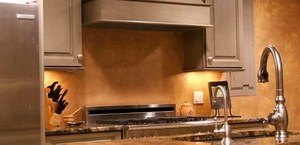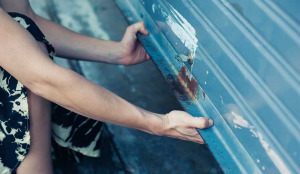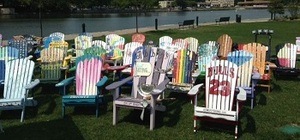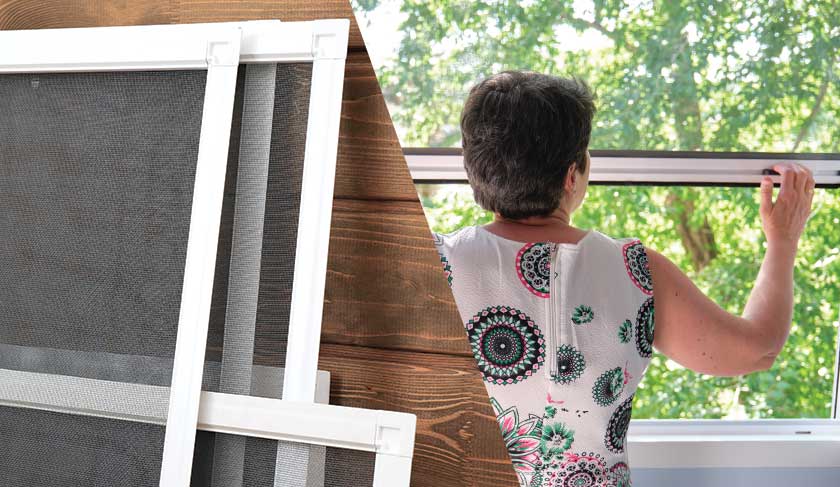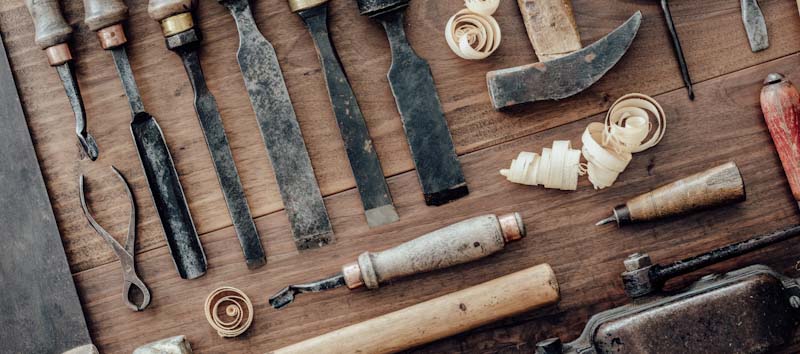
For any upholstery project, you’ll need a few tools to get underway. Here are the essential upholstery DIY supplies & tools that you should add to your kit.
Having the right tools for the job is an important way of making sure that the job is done in a professional manner. When it comes to upholstery, there are a number of important tools that every upholsterer should have.
In this article, we list the essential upholstery supplies and tools, that anyone embarking on upholstery or re-upholstery projects should invest in. We also describe what they do, why they are necessary, and tips for buying quality tools for your upholstery kit.
Essential Upholstery Safety Gear
When you are working on upholstery, you will be dealing with all manner of sharp and dangerous things that can potentially hurt you, from wood splinters to staples to cutting tools to drills. Therefore, it is important that you protect yourself accordingly. Here are the essential upholstery DIY supplies you’ll need to keep yourself safe:
Safety Glasses
Eye protection is vital when working with any power tools, or hand tools that may send debris flying through the air, such as chisels. Choose a pair of safety glasses that protect the front and side of your eyes, and offer good visibility so you can clearly see what you are working on.
Dust Mask
Believe it or not, when you start opening up old furniture, you will have to deal with a lot of dust. Just because the foam has been covered by fabric for a decade, does not mean there is no dust inside of the furniture itself. Quite the contrary, as foam degrades over time, it begins to crumble and creates powder-like dust that can get into your nose and mouth. Make sure to keep a good quality dust mask on hand, regardless of the project.
Respirator
While it is important to keep dust masks on hand at all times, a standard dust mask is not the appropriate tool when working with paint strippers and stains. Even spray adhesive can agitate the respiratory system. This is what respirators are for. They are designed to protect your respiratory system from harmful chemicals and odors.
Utility Gloves
Although gloves may make it more difficult to work with upholstery, they are a necessary evil. Every upholsterer needs a good pair of utility gloves, especially when they are stripping the old fabric off of a piece of furniture. They will help to protect your hands from getting cut, calloused, or even splinters.
Apron
When working with foam, paint, stain, adhesives and just about anything else having to do with upholstery, your clothes can get really dirty very quickly. This is why everyone should have a good quality apron on hand to protect them from damage or discoloration. This is not so much for personal safety, than for protecting your clothing. Alternatively, if you don’t like aprons, you can wear a set of old clothes that you don’t mind getting dirt, glue and dust on.
An apron is also useful for holding your other on-hand upholstery DIY supplies and tools, plus it makes you look pretty dapper.
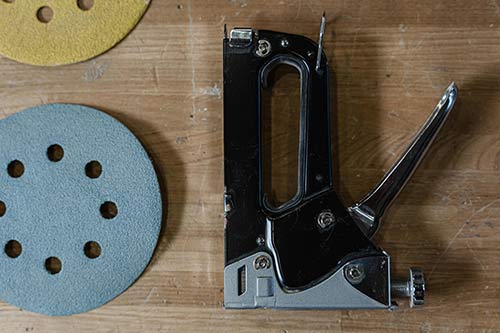
Upholstery DIY Supplies: Attaching Materials
Fundamentally, the idea of upholstery is to attach pieces of fabric, leather etc to furniture frames. Therefore, materials and tools to attach these things together, such as glue, staples, sewing needles and nails, are essential upholstery DIY supplies and tools that you can’t go without. Here are some that you will need to add to your tool kit.
Sewing Machine, Needles & Related Upholstery DIY Supplies
Sewing Machine
It is difficult to get by in upholstery without owning and knowing how to use a sewing machine. For upholstery you should invest in a heavy duty sewing machine, as upholstery materials are much heavier and thicker than fabrics used for clothing. You will also need thread and needles specifically designed for use on upholstery.
Upholstery Pins and T Pins
You can never have too many pins to hold together your work while it’s being sewn or tacked in place. Upholstery pins and T pins are the perfect choices for any upholsterer who is getting ready to start sewing for the first time. Not only are they great for holding the pieces together while they are being sewn, but T pins are especially useful for holding the fabric in place as you are taking it to the frame.
Curved Needles
There are times when seams should be seen in upholstery, and then there are times when they should be hidden altogether. When it comes to hand stitching upholstery for finishing work or to create hidden seams within the work, a curved needle is an absolute must.
Straight Needle (16″)
There may be times when you have to put a button in the middle of a cushion through the thick foam. A regular needle just will not do the job. As a result, most upholsterers also keep 16-inch-long straight needles on hand so that they can sew a button tufting straight through even the thickest layers of foam and batting.
Staple Gun & Related Upholstery DIY Supplies
Heavy-Duty Stapler
Securing the fabric to the underside of the furniture requires the use of either tacks or staples. And when it comes to stapling fabric to wood, you have your option of either using a heavy-duty stapler or a pneumatic air staple gun. It’s not advised to use a regular household stapler to secure the fabric, instead, it’s good to have a heavy-duty stapler and a wide selection of different-length staples to choose from.
Pneumatic Air Staple Gun
If you want to build up a truly professional upholstery shop, then you will eventually need to pick up a pneumatic air staple gun. While heavy-duty staplers are great for small projects, they just are not designed for use in a professional shop. These pneumatic guns are great for nailing brads, staples, and other flat fasteners into the frame of the furniture.
Staple Remover
A staple remover is a specially designed tool that has a forked-shaped head that was purposely created for pulling staples out of wood. It is the ideal tool for removing tacks and staples from fine furniture, without having to worry about any damage to the frame.
Adhesives & Related Upholstery DIY Supplies
Air Compressor
For most work, an upholsterer will need to have at least a 1 to 4-gallon air compressor in order to operate the adhesive spray gun and a pneumatic stapler. If you are serious about getting the job done right, then an air compressor is a must-have item for any shop.
Hot-Glue Gun
Some DIYers love to use hot glue guns for upholstery work. And while it is not the best for attaching fabric to foam, it is really good at holding piping in place. Hot glue allows you to hold things in place before you eventually secure them permanently with tacks, brads, or staples.
Adhesive Spray Gun
Every upholsterer will need to have some form of an adhesive spray gun. This pneumatic sprayer, allows the user to apply an even layer of adhesive spray on the vinyl, prior to adhering it to the foam. Although it’s possible to use aerosol cans of adhesive, using a spray gun is a lot cheaper.
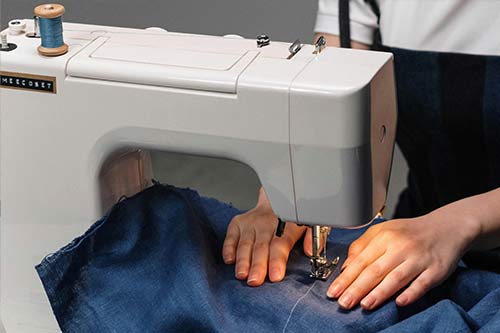
Upholstery DIY Supplies: Cutting Tools
Alongside materials and supplies to glue and attach your upholstery together, you will need tools to cut the upholstery fabric and foam to the right shapes. Here are the essential upholstery DIY supplies you’ll need for cutting your materials:
Electric Turkey Carver
Don’t laugh, I’m serious! Sure, you could buy an expensive, purpose-built foam cutter. But most upholsterers and many crafters actually use an electric turkey carver to cut foam instead. There is even an entire WikiHow article dedicated to it here! You would be amazed at how effective a turkey cutter is at cutting and shaping foam. Not only will it help you to get the rough shape of the final piece, but it can also be used to round the edges.
Shears
Cutting through vinyl, leather, or even outdoor fabric can be a very difficult task if you do not have the correct type of scissors. A pair of paper scissors simply will not do because they will dull out easily, tend to break, and are way too late to get the job done right. Instead, you need a good pair of heavy-duty shears that are specifically designed for use by tailors. These come with either 9-inch or 12-inch-long blades.
Side Cutter
There are going to be times when removing a staple or tack is virtually impossible. Sometimes little tiny pieces of metal are left stuck in the wood and can interfere with the finished product. This is why many upholsterers always keep a pair of side cutters on hand in order to pull out any pieces of metal that might get in the way.
Utility Knife
Utility knives are indispensable tools within an upholstery shop. Not only are they used to sharpen the chalk and pencils used to mark the fabric, but they are also used for small cutting jobs.
Upholstery Marking & Measuring Tools
Chalk
There are a number of important instruments used in upholstery for marking fabrics and vinyl. The most commonly used tool for marking is good old-fashioned chalk. However, rather than using chalk designed for a chalkboard, it’s best to use a tailor’s chalk because it is flat and can be sharpened to a good point. The chalk itself has a waxy-like property, that makes it easier to work with than school chalk.
Sharpie
A Sharpie can be a very handy marking tool to keep around the shop. They are permanent markers that are capable of leaving marks on just about any surface. However, caution should be taken so as not to mark the face side of any fabric or vinyl.
Flexible Fabric Tape Measure
A good quality fabric tape measure will always come in handy. Having the right take measure for the job can make everything go smoother. You don’t want to use a steel tape measure in order to measure around curved components, especially when dealing with fabric, welting, and webbing.
L-Shaped Marking Square
L-shaped marking squares play an important role in ensuring that the corners of the fabric are cut squarely. Even tailors who make the finest garments, use these types of squares, to ensure that their lines are perfectly straight every single time. They are great for marking out corners as well as holding the fabric down while it’s being measured and marked.
Self-Retracting Tape Measure
Although flexible fabric tape measures are great for dealing with curves, it’s always a good idea to have a self-retracting tape measure as well. These are the workhorse for most carpenters, and they are perfect for measuring greater distances.
Yard Stick
You can never have too many different ways to measure fabric. In fact, one of the most common tools that any upholsterer will have on hand is a yardstick. Most fabric dealers rely on the yardstick in order to measure out the vinyl, fabric, or leather.
Other Upholstery DIY Supplies & Tools
Chisel
Although it is possible to use a flat-head screwdriver in order to strip fabric that has been attached using tacks or staples, the best tool for the job is a chisel. You’ll want a smaller chisel, that can slide in between the legs of a staple. Chisels come in a wide variety of weights to choose from, choose one or two widths for dealing with staples and tack strips.
Cordless Drill
It’s not uncommon to have to deal with screws when working with upholstery. Although some DIYers can get away with using a handheld screwdriver, it’s always best to use a cordless drill instead. Not only is it effective at removing screws and bolts with ease, but also allows you to drill holes should you find the need. You can purchase a simple set of drill and driver bits that will allow you to tackle just about any situation.
G-Clamp
As any carpenter will tell you, you can never have too many clamps. Clamps play an important role in securing work together, for long periods of time. It’s like having an extra pair of hands around the shop, that can hold things tightly for hours on end. When it comes to upholstery, it’s always good to have a wide selection of different-sized G-Clamps available for just about any occasion.
Magnetic Hammer
The last thing anyone wants to do is to step on a tack. It can be a very painful experience. This is why many upholsterers make use of magnetic hammers instead of more traditional claw hammers. Rather than featuring a claw, they have a magnet that is capable of picking up and holding nails, tacks, brads, and other fasteners until they are needed.
Regulator
One of the more unique tools in an upholstery shop is a regulator. These tools are perfectly tailored for working with piping and dealing with curves. One end of the regulator features a sharp round point, while the other end is flattened off to allow for a better grip.
Rubber Mallet
When it comes to dealing with certain types of hardware and fasteners, nothing beats a rubber mallet. A rubber mallet is great for tapping in frames or rails or even punching grommet holes through your material. While a traditional hammer can damage the workpiece, a rubber mallet can be trusted to get the job done right.
Sandpaper
You can never have too much sandpaper. Every shop should have a wide selection of sandpaper grits to choose from ranging from 40 all the way up to at least 2000. This allows an upholsterer to smooth out any surfaces prior to being painted or stained. Along with sandpaper you will need a sanding block, or a lightweight electric handheld sander.
Final Thoughts
That completes our list of the upholstery DIY supplies and tools you need to start your furniture upholstery and upcycling. The list may appear overwhelming, but as you go through you may find that many of the upholstery tools listed here are bits you probably already have in your home or shed, especially if you are already an avid DIY’er or sewer.
We will cover many of these tools in much greater detail in future articles, to help you select the right upholstery tools and supplies for the job.
Now that you have your tools together, you’re ready to start your first upholstery project – a simple stool.
Author
-
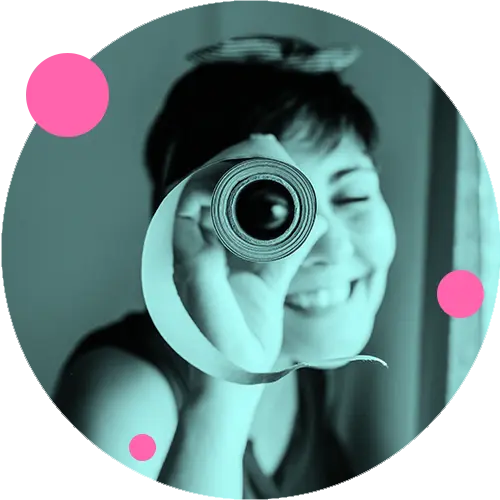
Hey, I’m Sara, co-owner of NestKoo! I’m a graphic designer and professionally trained fine artist, with a Bachelor of Arts (Fine Art) majoring in Painting. I love being close to nature, sustainable living and bringing new life to old things. My specialty in NestKoo is DIY house painting, upholstery and furniture upcycling, where I bring my skills in fine art painting and contemporary design together into a practical home DIY context.
View all posts


